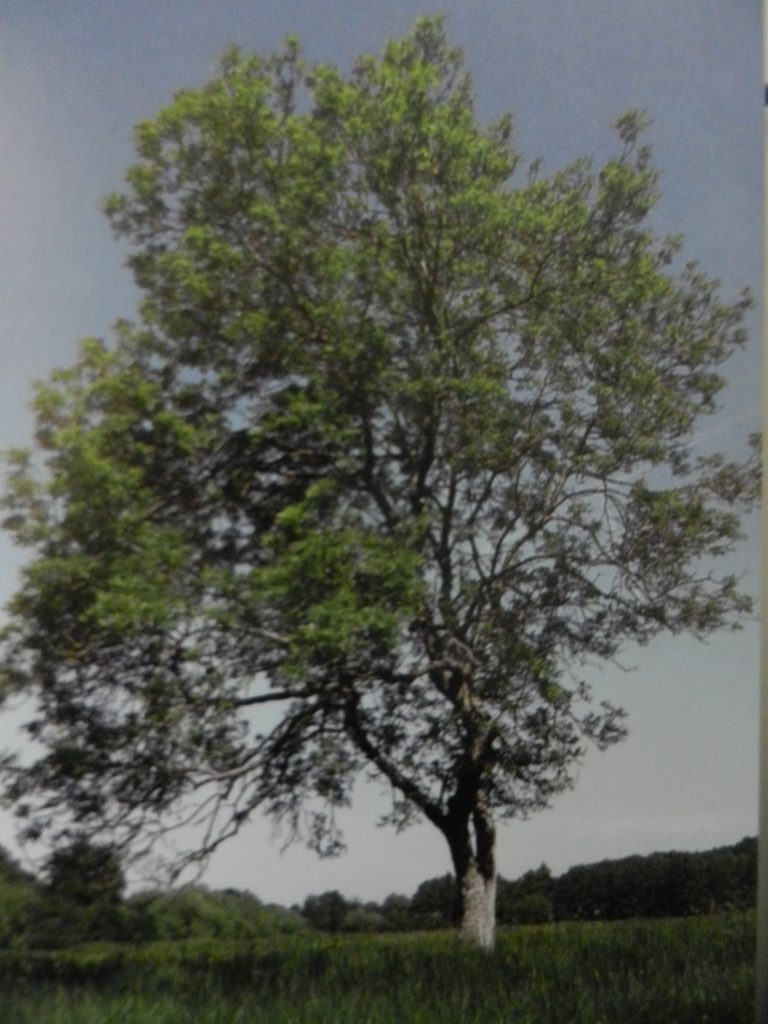
In the photo shown on ‘Its the Trees 2’ the bare-looking tree on the right is a young-mature ash tree. Bare-looking because ash trees are virtually the last species to come into full leaf in late spring. It use to be said that the ash was the last to get leaves and the first to shed them, but I think that is an over-generalisation.
Like horse chestnut, ash have leaflets growing in pairs from the one leaf stem. Ash leaves/leaflets are delicate and may be seen ‘shivering’ in the slightest of breezes. Also, ash leaves do not form a dense canopy (see above) so that undergrowth below the tree can be quite lush.
Ash is classed as a native tree (s.p.p.s). Ash trees can live to a great age, in some mixed ancient woodland older than many oaks. The term ‘ancient’ woodland can be applied to woodland where there is documentary evidence that the woodland has been in continuous existence since 1600 or before. The woodland alongside Broughton village near Scunthorpe is so designated as is woodland just inland of South Killingholme Dock (s.p.p.s); I don’t know of any on the north bank of the Humber Estuary but that is not to say that there aren’t any.
In the past ash trees were often coppiced, that is cut down near the base of the trunk, this resulting in ‘stools’ (new shoots) springing out of the ground around the base of the trunk. If left for seven+ years these stools were cut for stakes, fencing etc. If left to grow for decades the stools become a circle of sturdy young tree trunks, cut in the past for timer framing (buildings) and firewood.
(to be continued)